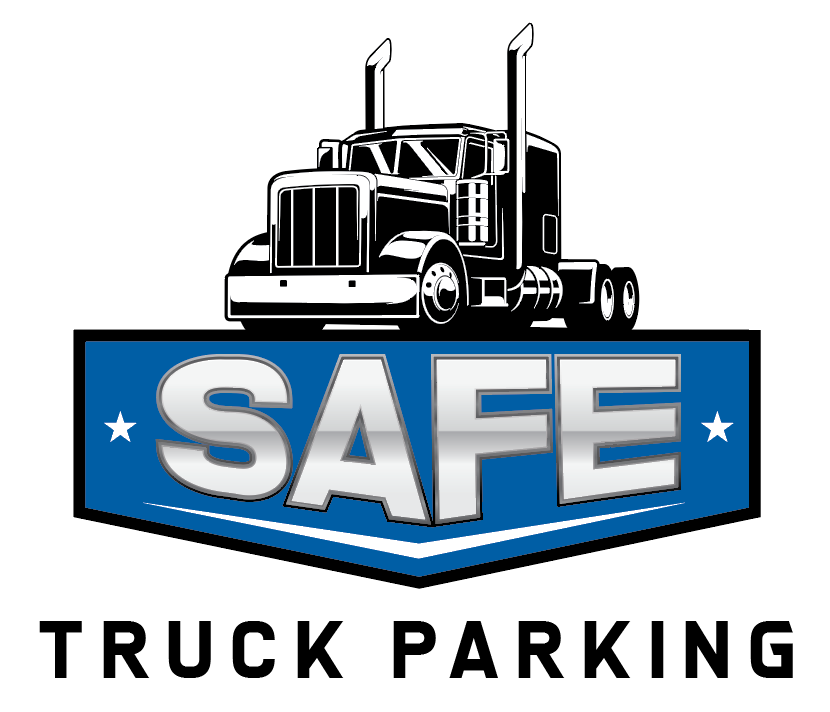What is Causing the Truck Driver Shortage and What’s the Solution?
The American economy relies on truck drivers to move freight. When consumers walk into their grocery store, food and household items are only on the shelves because a truck driver transported the products from a supplier to the store. According to the American Trucking Association (ATA), nearly three-quarters (72.5%) of all freight in the U.S. moves by truck.
As driver shortages stress logistics systems, consumers start to see empty shelves in stores and higher prices at the cash register. In many areas, especially in rural communities, the driver shortage is noticeable. But what’s causing it seems to be a little more of a mystery. According to key voices in the supply-chain industry, some fundamental flaws in the trucking industry drive workers away from these jobs.
Finding the Root Cause of Truck Driver Shortages
Nearly every industry faces peaks and valleys when it comes to matching available workers with open jobs. And when significant shortages occur, raising wages and padding benefits like sign-on bonuses provide sufficient motivation to attract new workers. So, why is the trucking industry facing a growing disparity despite offering all of these things?
Truck Driver Wages
Money is undoubtedly the first thing that comes to mind when a company struggles to fill open positions. Truck drivers tend to fall into two categories: employees and owner-operators. Employee drivers work for a trucking company and are typically paid a salary. Owner-operators are paid on contract by the mile and must cover their truck ownership costs, maintenance, fuel, and licensing.
The national average salary for a truck driver is $66,630. The average middle-income family makes between $48,500 and $145,500, so truck drivers make a livable but modest wage depending on location. The dollars alone aren’t enough to entice many new drivers into the profession. And it is certainly not enough to make up for the lifestyle compromises that many drivers have to make.
Truck Driver Lifestyle
The growing use of Less-than-Truckload (LTL) networks is allowing for more local routes. However, the stigma of the truck driver lifestyle is very much alive and well. Many drivers are long-haul drivers that are away from home for days and weeks at a time. This lifestyle is not suitable for everyone and is often disruptive to families.
It takes a particular personality to deal with the solitude of driving a truck, but it takes a toll on physical and mental health as well. The adverse health effects lead to frequent burnout. So the problem isn’t always attracting new drivers but retaining them. Imagine a sedentary lifestyle with few opportunities to work out, fueled by high-calorie convenience foods and little sleep. This is not a lifestyle that many people can maintain for the long term.
Truck Driver Demographics
Historically, truck drivers have been primarily middle-aged men. And as these men retire, the trucking industry is struggling to replace them., women make up nearly half (46%) of the workforce in other industries, yet they only represent a slim 6% in the trucking industry. Attracting more women into the profession to fill shortages means changing the masculine stereotypes and encouraging more diversity.
But gender diversity isn’t the only demographic holding the trucking industry back. Many trucking companies struggle to attract young drivers. Between prohibitive regulations and significant lifestyle demands, trucking isn’t as desirable as similar paying jobs in factories and construction.
What Driver Shortages Mean for Everyone Else
The trucking industry has been harping about driver shortages for more than a decade. Raising wages means raising freight costs. This means suppliers are paying more money to ship products, passing costs onto distributors, who in turn pass the costs onto consumers. In short, if driver wages go up—the cost of goods goes up.
Moving the focus to LTL freight is a great compromise. The costs are higher than full truckload shipping but more manageable than driving up driver salaries into the six figures. And many national carriers have developed extensive networks of distribution centers that can handle this type of freight. This means drivers can stay local and run short loads in between distribution centers. Short-run loads can make a career in trucking more appealing to people who don’t want to live out of a truck.
The Bottom Line
There is a largely misunderstood shortage of truck drivers. In general, fewer people are interested in pursuing a career that offers modest wages and life on the road filled with loneliness, depression, and diabetes, among higher risks for many other diseases. It’s a hard sell, but reimagining supply-chain logistics to rely on already established LTL networks can alleviate the stress of the burgeoning driver shortage by offering more palatable employment opportunities.
We know about the latest truck driver news because we know truck drivers here at Vantage Truck Parking. So when it comes time to park your rig and take a rest, don’t forget to stop by and see us at one of our growing number of locations. Our security will keep your truck safe and secure, and our 24/7 access means you can stop by any time. We also pick our sites to be close to comfortable lodging and great food. We hope you’ll stop in to visit us soon. We’ll catch you down the road.
